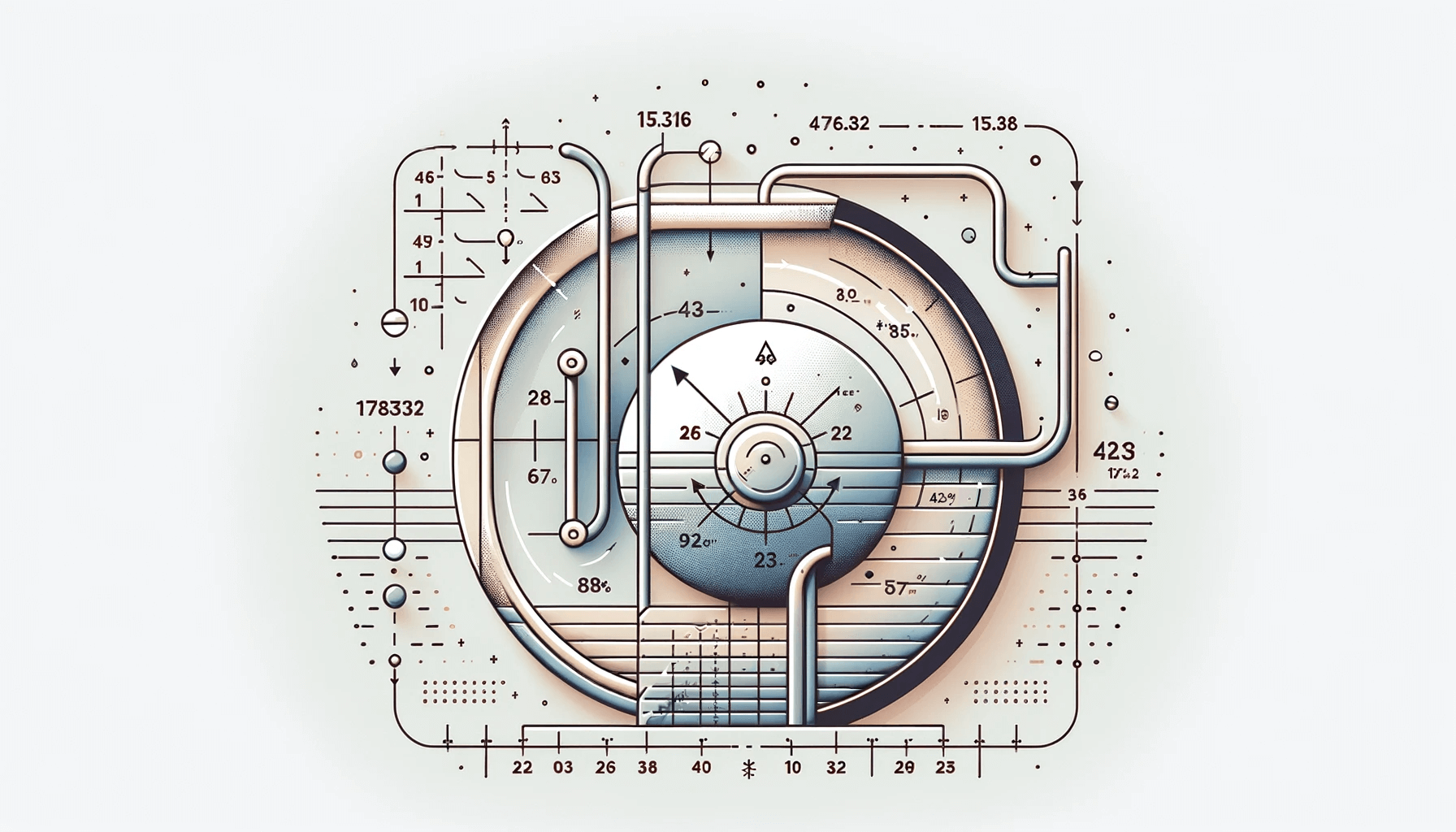In the study of fluid dynamics, isentropic flow is a critical concept that helps describe how fluids behave under certain conditions. “isentropic” refers to a process in which entropy remains constant. Entropy is a measure of the disorder or randomness in a system. In an isentropic process, this disorder doesn’t change. This characteristic makes isentropic flows idealized models often used in engineering and physics to simplify the analysis of fluid behavior.
What is Total Pressure?
To understand the relationship between pressure and total pressure, we first need to define total pressure. Total pressure, or stagnation pressure, is the pressure a fluid would have if brought to a complete stop isentropically. In simpler terms, it’s the pressure measured when the fluid’s kinetic energy is fully converted into pressure energy without any loss due to friction or heat transfer.
Isentropic Flow and Pressure Relationship
In isentropic flow, the total pressure remains constant along a streamline, so it doesn’t change as long as it remains isentropic. However, the static pressure (the pressure of the fluid in motion) changes depending on the flow’s speed.
When fluid flows through a pipe or over an airfoil, its velocity can change, which affects the static pressure. For instance, in a converging section of a pipe, the fluid speeds up, and the static pressure decreases. Conversely, the fluid slows down in a diverging section and the static pressure increases.
The relationship between static and total pressure is crucial for understanding how energy is distributed in the fluid. In an isentropic process, as the fluid’s velocity changes, the static pressure adjusts to maintain the total pressure constant.
Why Does This Matter?
Understanding this relationship is essential in many applications, such as aerodynamics, where engineers need to predict how air pressure will vary around an aircraft’s wings or how engines will perform under different conditions. By knowing how pressure and total pressure interact in isentropic flow, engineers can design more efficient systems and predict how changes in flow conditions will impact performance.
Practical Calculation
In practice, engineers use specific tools and calculators to determine how pressure and total pressure relate to each other in real-world scenarios. These tools account for the complexities of actual fluid flow, including factors like friction and heat transfer, which are absent in the idealized isentropic model. However, the isentropic relationships provide a helpful starting point and are often the foundation for more complex analyses.
In summary, isentropic flow provides a simplified model to understand how pressure and total pressure are related. By assuming constant entropy, engineers can predict how changes in flow velocity will impact static pressure and ensure that their designs function as expected under various conditions.
Isentropic Flow Relation Between Pressure and Total Pressure formula
The variables used in the formula are:
P / Pt = Isentropic Flow Relation Between Pressure and Total Pressure
P = Pressure
Pt = Total Pressure
ρ = Density
ρt = Total Density
γ = Specific Heat Ratio


